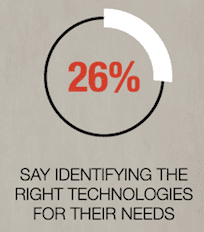
Inbound marketing is an innovative way of reaching consumers. Instead of attempting to appeal to everyone, it focuses on those consumers who will find the product relevant and necessary to their own lives. Some of the more popular forms of this marketing style are blogs, social media and web searches. Marketing companies are beginning to become more creative than ever as they examine the industry and brainstorm ways to combat complications.
In a survey of 4,500 marketing and sales professionals, HubSpot asked about inbound marketing. Here is what they said regarding the challenges in marketing and what they plan to do to face them.
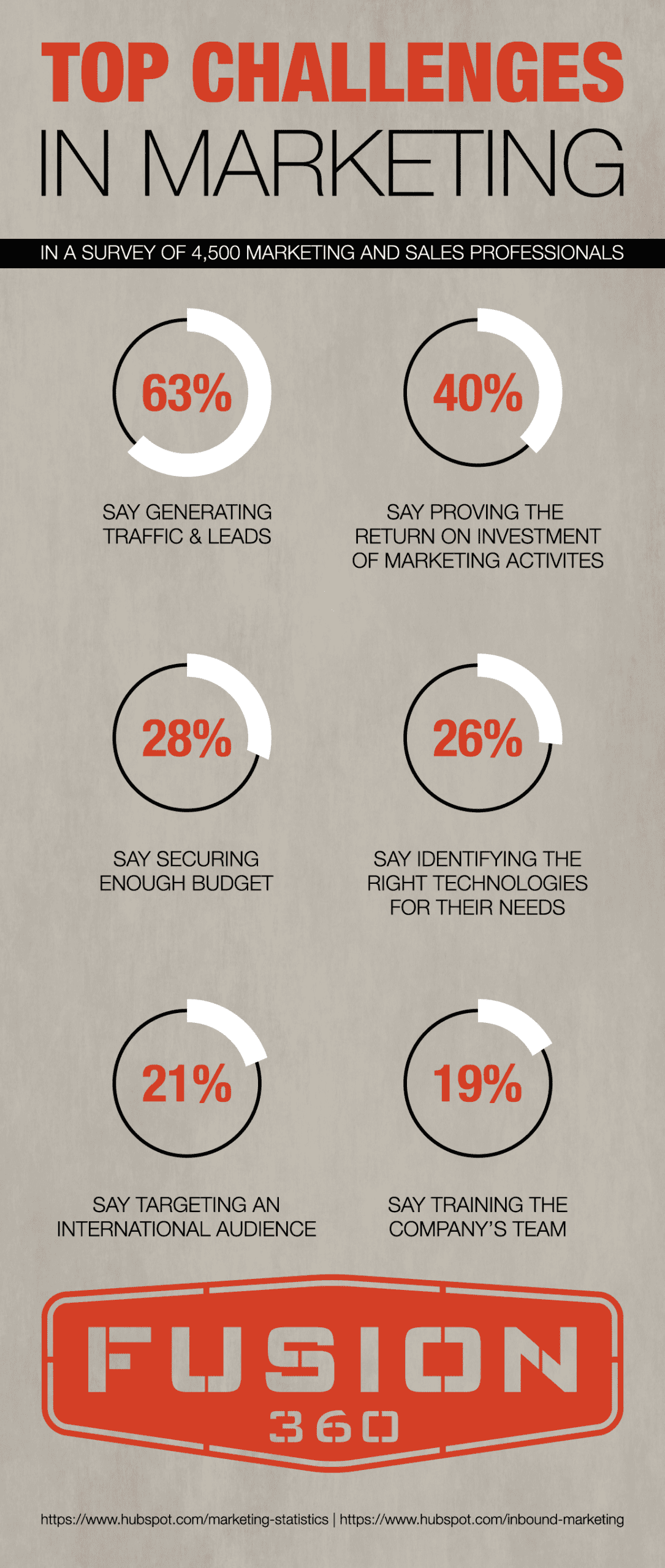
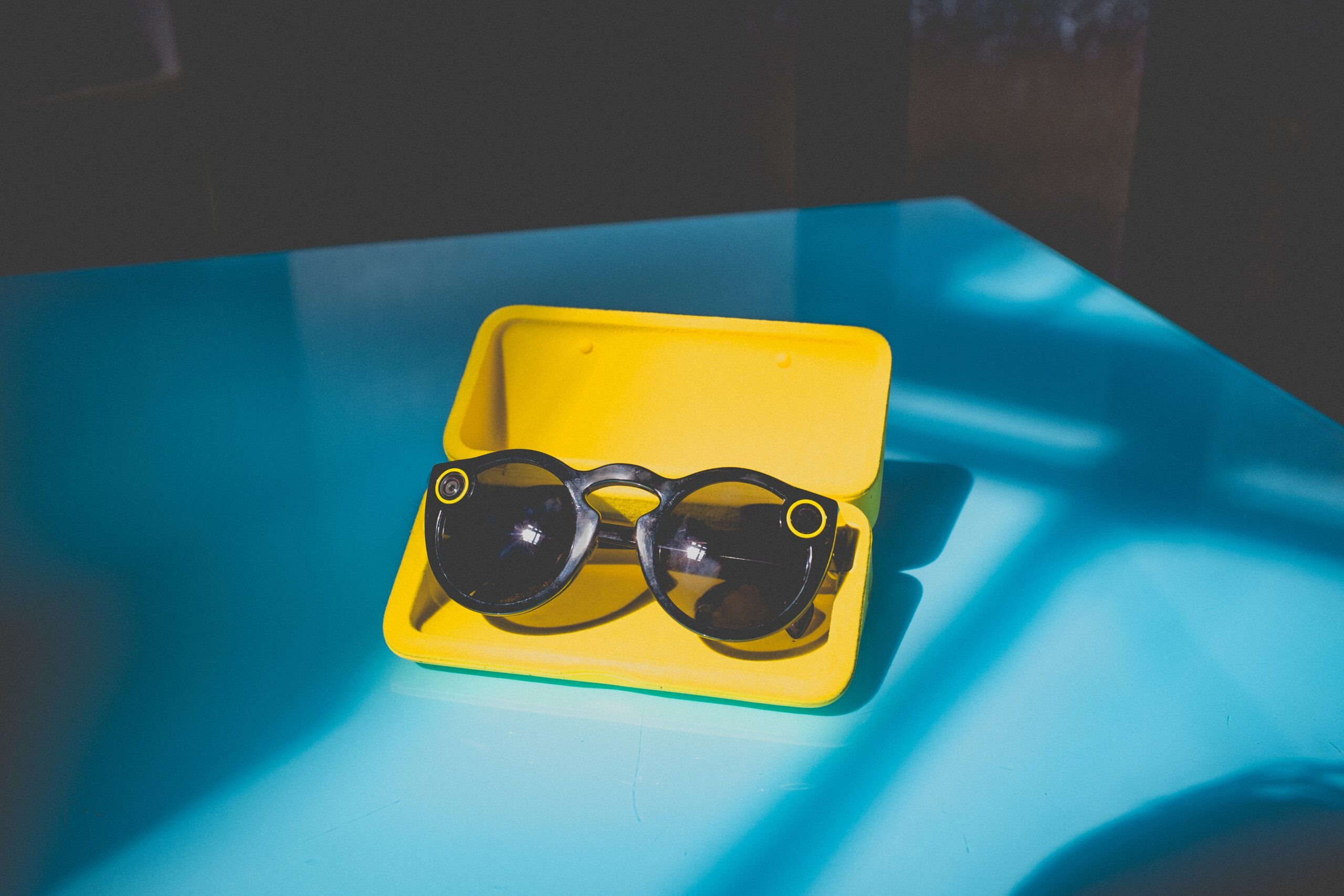
If you have been on the Internet at all recently then you have probably seen several memes involving Snapchat’s new dancing hot dog filter. From hot dog mirror selfies to dancing in compromising situations, the Snapchat hot dog filter has been there through it all.
At an advertising agency, it is essential to know everything that’s possible in the web development world as well as advertising as a whole — this includes augmented reality and dancing hot dogs.
The Future of AR
This hot dog is proving to be the future of augmented reality (AR), which is the integration of technology and digital information within the user’s environment by superimposition.
Though the dance moves this hot dog depicts aren’t much, they are ahead of their time. The hot dog is the first character that uses the company’s 3D “World Lens” technology. This allows the creature to act as a fully developed creature inside the Snapchat camera lens. It sits on items and surfaces in front of you while people walk around it and reach out to grab it as if it was actually there.
The Competition
Snapchat is continuing to push its AR capabilities forward, however Facebook, Apple and Google are also working at the speed of light to catch up with the dancing hot dog.
Facebook has begun refocusing its AR efforts to make up for lost ground in its battle with Snapchat. Facebook’s AR platform has also created high-powered graphics that can turn everyday objects into whimsical and unearthly experiences. Only early in its AR journey, Facebook is expecting to pull ahead of Snapchat as the leader in augmented reality.
With technology constantly booming and accelerating faster than a Ferrari, marketing agencies have to make sure to stay ahead of the game and be one step ahead of the technology so they don’t fall behind and get left in the dust of augmented reality.
Sources:
http://adage.com/article/digital/snapchat-s-dancing-hot-dog-means-future-ar/309875/
https://www.forbes.com/sites/curtissilver/2017/07/12/snapchats-dancing-hot-dog-questions-its-existence-while-snap-stock-slides-further-into-the-abyss/#1ec1baa380d1
http://whatis.techtarget.com/definition/augmented-reality-AR

Advertisements were created to promote a product, service or event to the public in an engaging, exciting and interesting way. Ads are composed of a headline, a graphic or two and a message. An advertisement can be used on multiple mediums from newspapers to online popups.
If you are interested in designing an ad for your company, you can either design it yourself or hire an advertising agency to design it. Either way, if you want the best advertisement, it’s important to have the five key elements. The creation of the perfect ad may be difficult, but with the help of experts, it can be done.

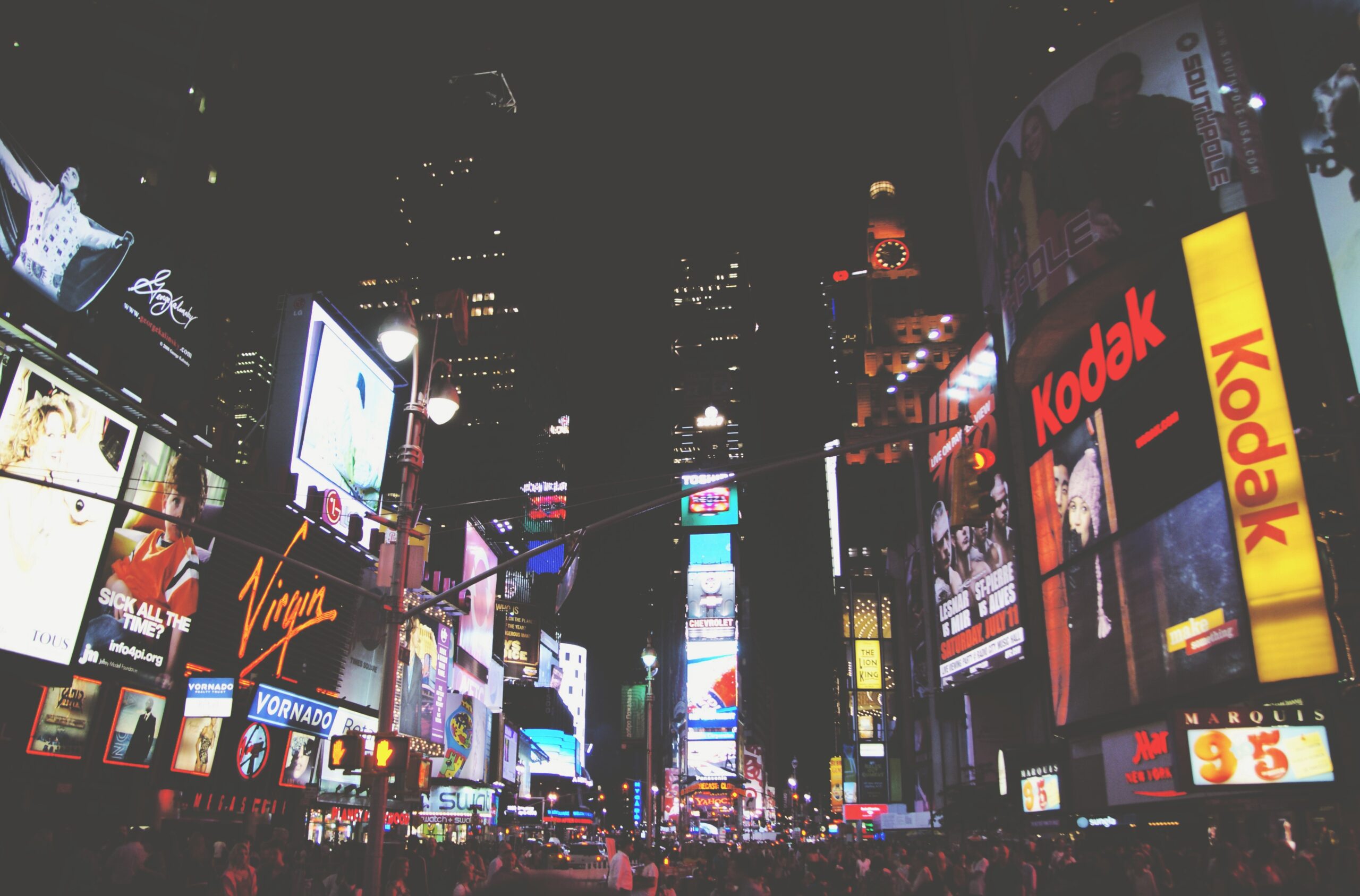
Even though advertising agencies have been around since 1864, advertising itself has been around much longer. Advertising can date back to the Egyptians carving public notices on steel in 2000 B.C. Since then, it has progressed to the age of the internet and digital marketing agencies.
Before
The age before the internet is what we would call traditional advertising. This was when advertisements were on the radio, between TV shows, and on billboards lining the highways.
Whether it was cigarettes, body soap, or an alcoholic beverage, characters were built around brands. The idea was consumer connection. The consumer could connect the character to whatever brand or product they were trying to sell. An example of this is Tony the Tiger on Frosted Flakes. Even today, Tony the Tiger is still on every cover of Frosted Flakes cereal.
Now
Now, advertising has changed entirely. The motives of advertisements have completely changed. Instead of selling a product, advertisements now provide the solution to whatever the consumer’s problem may be.
There are still traditional advertisements on TV, but we live in an age of internet and ad blocking. Audiences are choosing to not watch commercials. Anyone who gets on the internet is bombarded by advertisements. On platforms such as Hulu, consumers can pay to not have to sit through ads. So how are digital marketing agencies supposed to reach consumers?
Now, consumers don’t trust advertisements as much. The best way to reach a consumer is to build trust with them. Consumers have become a part of advertising and not just an onlooker.
A good example of this is GoPro. GoPro releases videos of user-created content. They release a few ads saying, “buy our product”, but the rest of the content is created by the consumer. The biggest change from traditional advertising to now is that people trust people, not brands.
Resources: https://www.marketingweek.com/2010/11/09/brand-characters-can-bring-home-the-bacon/
http://mashable.com/2011/12/26/history-advertising/#SrCn6B4NU5q2
Social media has really exploded within the last few years. What began as one social media channel has burst into many channels with different levels of popularity. It is no longer a simple way to stay in contact with someone, but has transformed into a way to market your personal brand as well as your business’ brand.
When trying to market a brand, marketing agencies take note of what social channels work best for certain audiences. Audiences differ from platform to platform, so it is very important to truly understand who your audience is and what channel they are on.

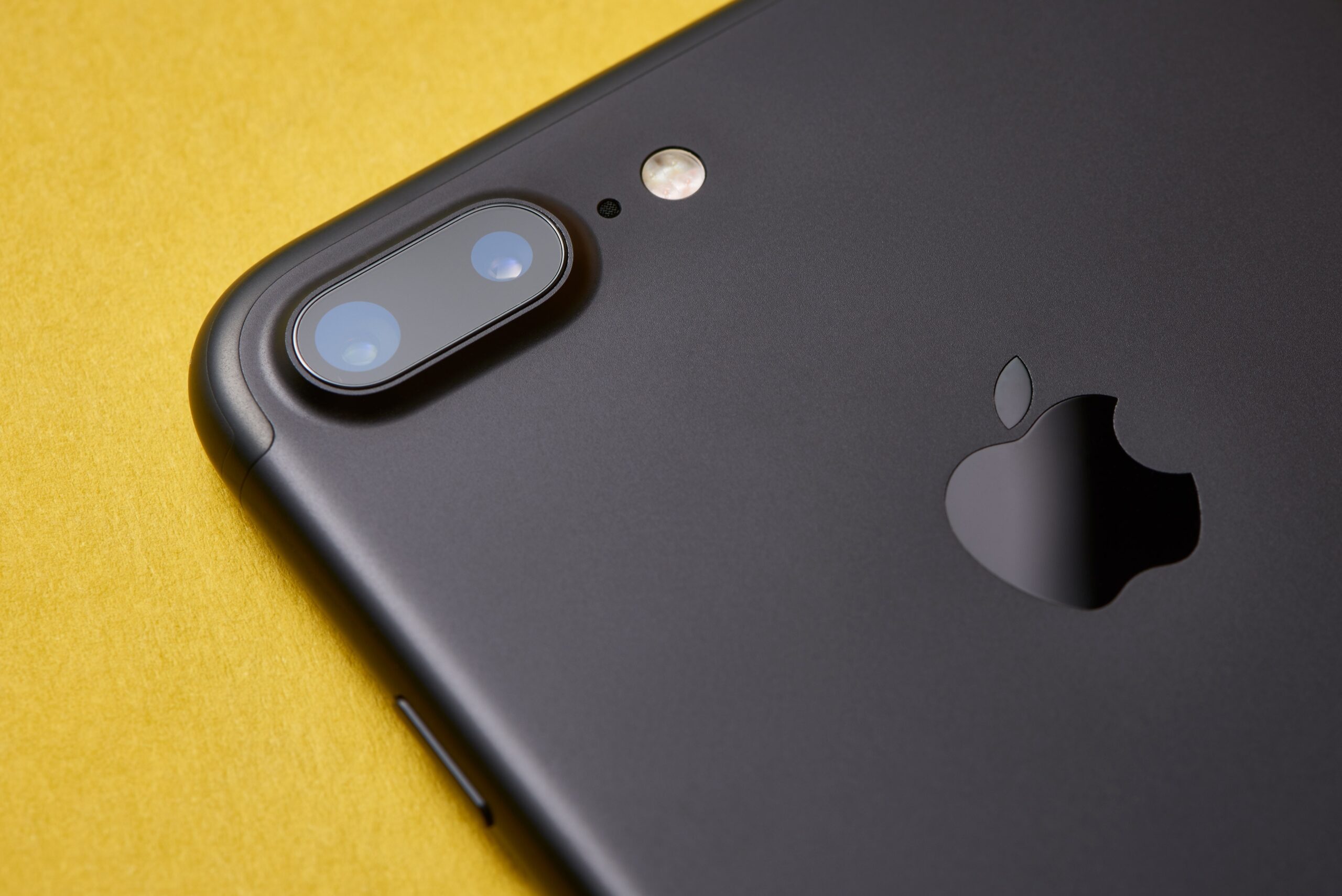
Advertising agencies have to constantly keep up with the changes in technology and how to reach their audience. Advertisements first started with billboards and magazines, then moved to Television. Now, there are so many ways digital marketing agencies can reach their audience, and it’s hard to know which one is best.
Smartphone
Smartphone usage has increase significantly. Since 2001, usage has increased from only 35 percent of Americans owning a cell phone to 64 percent. Many Americans rely on their cellphones for Internet usage. People are constantly looking up their baking online, checking their e-mail, checking social media, playing games, finding driving directions, and many other tasks.
Because of this, digital marketing agencies have needed to shift their campaigns to a mobile direction. They are not only having to create a webpage for a desktop computer, but also developing it to be mobile-friendly as well.
Smartphone Apps
Smart phone apps are another way digital marketing agencies can reach their audience. It is another direction communication with the consumer. People, on average access 30 apps on a monthly basis. While all smartphones come with pre-installed apps, about half of apps users are accessing are ones they have installed on their phone personally.
There are so many different types of apps digital marketing agencies can reach. From gaming apps, educational apps, lifestyle apps, entertainment apps, utility apps, travel apps and everything between, there are so many opportunities to reach the consumer.
The world is changing and improving every day. There will always be the up and coming ‘next great media’ opportunity or up and coming distribution channel. At digital marketing agencies, it is important to stay on top of these up and coming trends to find ways to distribute and communicate with your audience. Smart phone usage is only going to continue to grow so be sure you are finding your audience and leaving them with a relevant message.
Resources:
Report: Smartphone owners are using 9 apps per day, 30 per month

It seems like technology has been evolving for quite some time now — because it has. These advances have brought about a lot of innovation when you think back to how medicine, business and even things like music used to be.
As an advertising agency in Utah, we here at Fusion 360 wanted to get the dirt on how the evolution of screen size has impacted — and will continue to impact — media usage.
The Art of Multitasking
This day and age, the thought of only focusing on one thing at a time seems crazy. With cellphones, music and television, it seems like multitasking is more a natural way of life.
Because the average American spends over 12 hours per day using media, there really isn’t much time for Americans to do anything else without its presence. In addition, most screen interactions people have are now multiscreen, which means the media can be displayed on various devices of different sizes. This multiscreen phenomenon only further increases the amount of time spent with media.
What It Means to Have a Larger Screen
Smartphones especially have continually increased their screen sizes — so much that they now resemble a small tablet. Last year after studying 4,500 smartphone users, the smartphones that rocked the larger screens encompassed 11 percent of the 4,500 phones. In the last year alone, that percentage has increased so much that it is now 28 percent.
Larger screens mean more app usage. Social media apps are the most common, closely followed by navigation, video, retail and music. The larger screens are easier to see and use, making them a hot commodity.
Screen Size and Media Usage
Today, the bigger the screen, the more tempting it is to interact with what’s on it. In America, people who have larger phone screens (4.5 inches and larger) use about 44 percent more data than those who still have the smaller surfaces.
It doesn’t help that almost everything can now be accessed from your smartphone either; it only increases the amount of time we spend in front of the not-so-little screens.
Digital marketing companies and marketing firms all over the world should always know what prompts their audiences to interact with media. Whether it’s screen size or content, both play an important role. Noticing where your audience retrieves all this media should affect how marketing agencies go about their advertising and integrated media planning.
http://www.cnn.com/2013/11/18/tech/mobile/phone-size-data-usage/index.html



